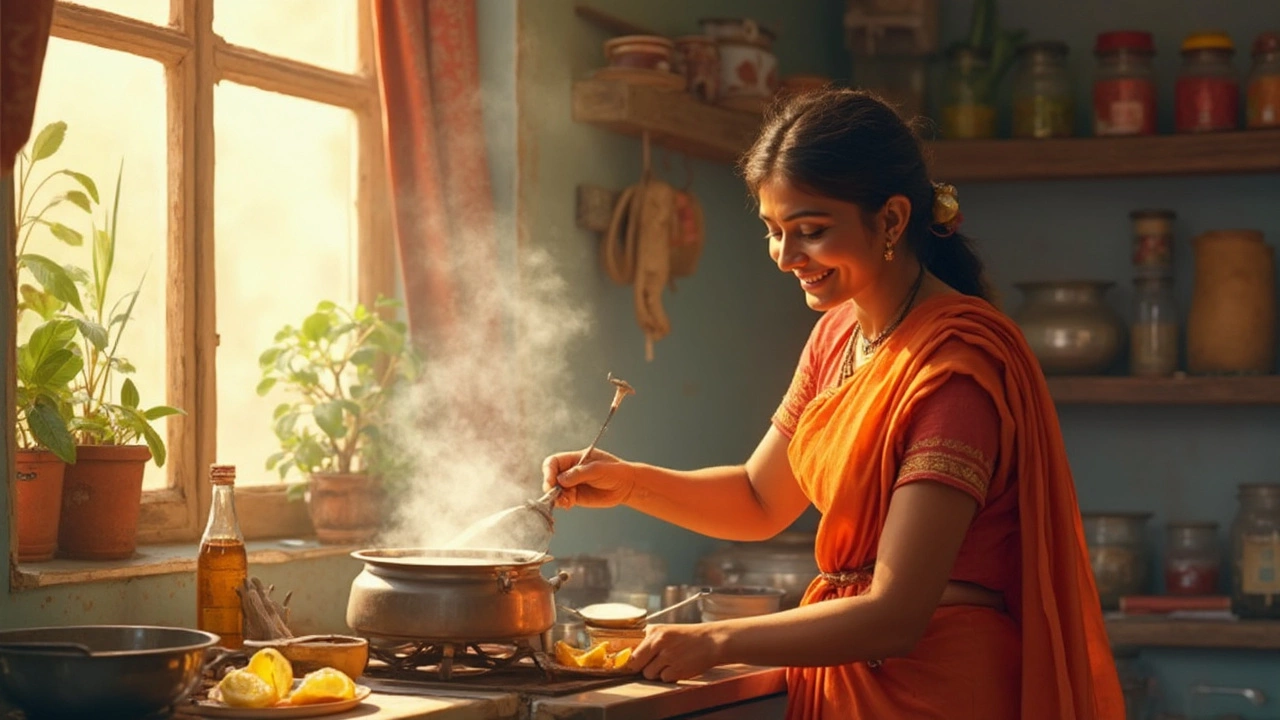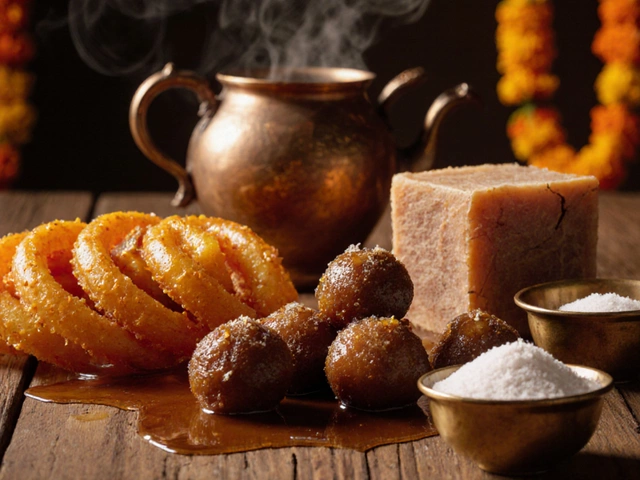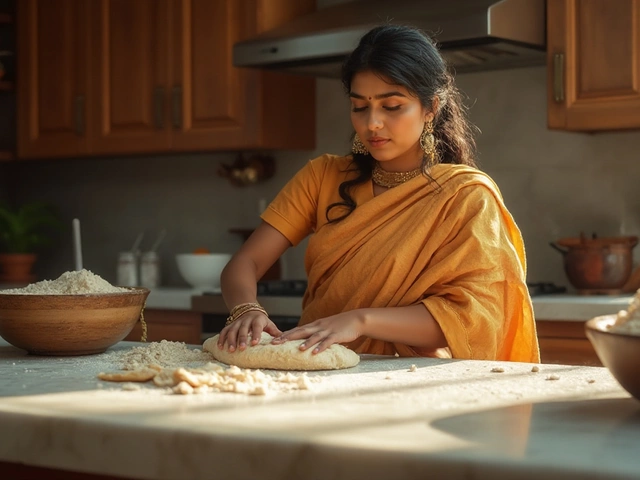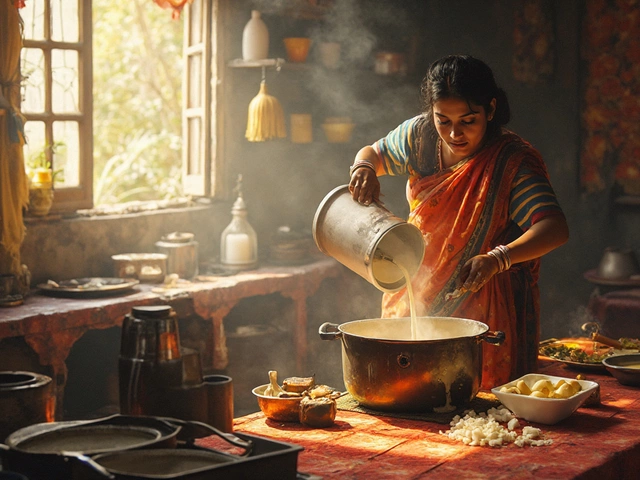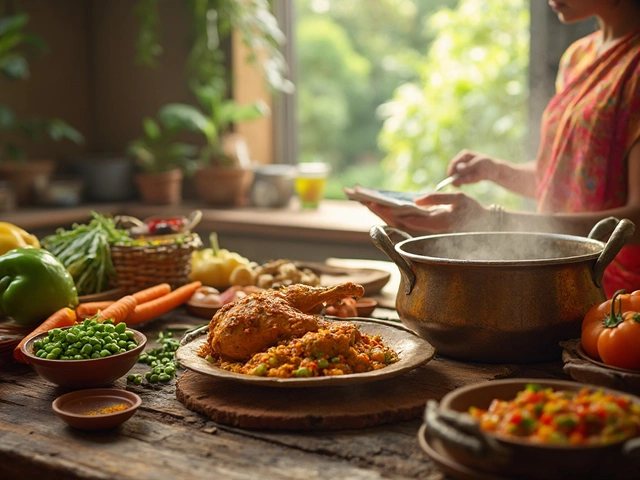Ever cut into a perfectly bland block of paneer, only to find it bounces back at you like a tennis ball? Seriously, what’s going on in that tiny cheese universe that turns something so promising into something well, so squeaky? Trust me, you’re not alone. People everywhere, from fancy city kitchens in Mumbai to little cookhouses here in Cape Town, grumble about paneer with the texture of school erasers. It kind of makes you wonder: why does this beloved Indian cheese sometimes go rogue with its rubber act? The answer isn’t just one single thing. Grab your apron—let’s get to the nitty-gritty, because rescuing paneer from its rubbery spiral is possible for anyone, not just seasoned chefs.
The Science Behind Paneer’s Texture
To tackle the rubberiness problem, you need to understand what’s actually happening in the milk. Paneer starts with milk, which gets curdled—usually with acid like lemon juice or vinegar. Sounds simple, right? But the real magic (or disaster) starts after curds form. Here’s where temperature, timing, and technique really matter.
When you heat milk, the proteins (casein to be specific) tighten up. If you use boiling hot milk and then add your acid while it’s way above 80°C (176°F), those proteins clump up HARD. It’s a bit like tightening a bundle of ropes: the tighter it gets, the less juicy and soft it becomes. Add to that the tendency to over-press the curds, and you’re left with a brick instead of a pillowy block.
One research paper from the Central Food Technological Research Institute in Mysuru, India, actually measured the springiness (they called it ‘Hardness Index’) of paneer produced at various temperatures. They found paneer set above 85°C was consistently tougher—the closer you hover around the 70°C (158°F) sweet-spot, the softer the final paneer.
But it’s not only about heat. The acid you use gives you a different crumb. Vinegar is strong and fast, but tends to make paneer grainy and a bit firmer. Lemon juice is gentler, often leading to a silkier bite. Citric acid (like that powder they put in sour candy) gives you precise control and very white paneer, but if you’re not careful, it can push the texture toward cardboard.
Don’t forget: cow’s milk and buffalo milk perform differently. Buffalo milk, which is very common in parts of India, naturally gives a creamier, softer paneer due to higher fat and casein content. Regular supermarket milk, especially skimmed, is more hit-and-miss. If you get ultra-pasteurized milk, it barely even curdles, let alone makes a lush block. Now you see why a lot of store-bought paneer is chewy—big factories often use the cheapest milk possible and push it hard for efficiency.
Common Home Mistakes and How to Avoid Them
If you’ve ever followed a recipe for paneer and ended up with a chew toy, chances are you fell into one of these surprisingly common traps. Let’s break them down—and more importantly, fix them.
- Overheating the Milk: Curdling at very high temperatures makes proteins contract too much. The milk should be hot, but not boiling violently. Keep a thermometer handy, or use the old-school trick: when tiny bubbles show up at the edges, that’s your sign.
- Adding Acid Too Fast: Dump acid all at once, and the curds clump and shrink. Add it gently, giving time for curds to separate without hardening.
- Over-pressing the Paneer: Whether you use a heavy saucepan or a neat little tofu press, less is truly more. Pressing out every last drop of whey leaves you with brick paneer. Give it just enough heft to hold its shape—aim for about 15-20 minutes with 1-2 kg of weight.
- Low-Fat or Ultrapasteurized Milk: Trying to make paneer from skim milk simply doesn’t work—no fat, no creaminess. And UHT milk just doesn’t set well. Full-cream, fresh milk gives the best outcome.
- Not Soaking After Pressing: A sneaky tip: soak the freshly pressed paneer block in cold water for 15-20 minutes. This prevents the outer surface from drying and turning tough, helping even out moisture and temperature through the cheese.
Messed up the batch? Don’t trash it. Cube up your rubbery paneer for stir-fries—the firmer texture stands up in gravies like saag or mattar paneer. Save the soft stuff for fresh salads, wraps, or tikkas.

Pro Tips for Making Soft, Creamy Paneer
Every paneer-making session is a dance between heat, acid, pressure, and time. If nailing a soft, silky texture is your mission, these tweaks make all the difference:
- If you want extra-lux paneer, start with whole milk and add a splash of fresh cream before curdling. This tip comes straight from home cooks in Delhi, who swear by the luxury texture.
- Always bring the milk to just below boiling (again, 80-85°C or 176-185°F is perfect) before you add citrus or vinegar. Stir for a few seconds as the curds separate, but stop as soon as the watery, pale green whey is visible.
- Line your strainer with two layers of muslin or cheesecloth for an even drain—one layer lets curds escape, but two traps them perfectly.
- If you’re in a hurry, don’t be tempted to increase the heat to speed up the process. Paneer rewards patience.
- Press for no more than 20 minutes with moderate pressure—you should still see some moisture weeping out as you slice it, not a dry, crumbly mess.
How to store it? Fresh paneer keeps in the fridge for two days; soak it in lightly salted water to keep the texture from drying out. For longer storage, freeze paneer in blocks, then thaw slowly in the fridge with a gentle soak in warm water before using. Never microwave frozen paneer—it gets rubbery, no matter how well you made it.
How Paneer Texture Compares: Homemade vs Store-Bought
You’ve probably noticed that the paneer you buy at the supermarket is much firmer and chewier than what you get fresh at a small curry shop. Why? It’s not just a matter of preservatives.
Commercial producers often need paneer to survive shipping, sitting on shelves, and careless handling. They use higher heat, sometimes calcium chloride, and industrial presses for a tight texture. This process prioritizes shelf stability over tenderness. Homemade, on the other hand, gives you control over every variable, from the milk to the exact pressure applied.
Here’s a quick look at how store-bought and homemade stack up:
| Store-bought Paneer | Homemade Paneer | |
|---|---|---|
| Texture | Firm, rubbery | Soft, creamy, sometimes crumbly |
| Taste | Mild, often bland | Fresh, milky, slightly tangy |
| Color | White | Off-white or creamy |
| Shelf Life | 1-2 weeks unopened | 1-2 days fresh |
| Additives | Possible | None |
| Fat Content | Varies, often low | Control over fat (regular/full cream) |
Can you fix rubbery, store-bought paneer? Sort of. Soak the cubes in hot water (not boiling—about 60°C or 140°F) for 10-15 minutes before adding them to your dish. Or marinate them in yogurt or lemon juice to soften up the outer layer.
Here’s a tip straight from restaurants: for paneer that stays soft even in hot gravies, toss cubes in a little cornflour before frying or simmering them. The starch seals in moisture for that dreamy, tender bite—no more rubbery surprises midway through your curry.
So the next time your paneer turns out a little on the chewy side, remember: a small change in your process can make all the difference. With the right milk, gentle handling, and a splash of patience, you’ll end up with paneer good enough to make even your pickiest family member smile. Trust me, it’s worth the extra care.
- Poplular Tags
- paneer
- rubbery paneer
- paneer texture
- cheese making tips
- homemade paneer





